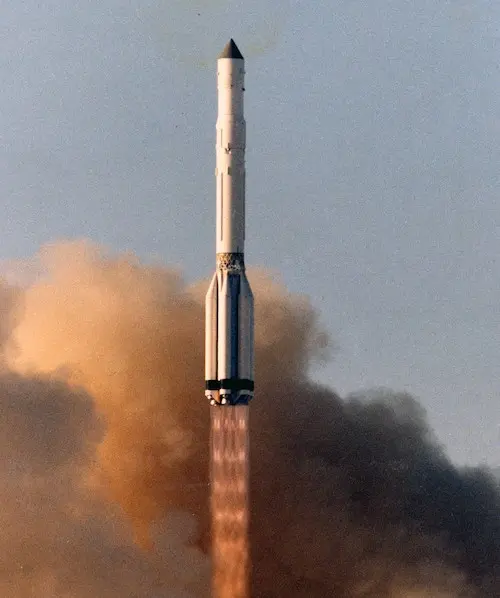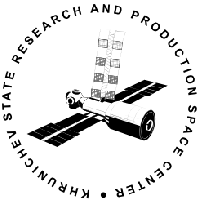Venera 13
Launch Success
Liftoff Time (GMT)
06:04:00
Friday October 30, 1981
Mission Details
Venera 13
Venera 13 (Russian: Венера-13 meaning Venus 13) was a probe in the Soviet Venera program for the exploration of Venus. Venera 13 and 14 were identical spacecraft built to take advantage of the 1981 Venus launch opportunity and launched 5 days apart, Venera 13 on 30 October 1981 at 06:04 UTC and Venera 14 on 4 November 1981 at 05:31 UTC, both with an on-orbit dry mass of 760 kg (1,680 lb). After launch and a four-month cruise to Venus the descent vehicle separated from the cruise stage and plunged into the Venusian atmosphere on 1 March 1982. After entering the atmosphere a parachute was deployed. At an altitude of about 50 kilometres (31 mi) the parachute was released and simple airbraking was used the rest of the way to the surface. Venera 13 landed at around 7–8 m/s at 7.5°S 303°E, about 950 km (590 mi) northeast of where Venera 14 would land several days later, just east of the eastern extension of an elevated region known as Phoebe Regio. The lander had cameras to take pictures of the ground and spring-loaded arms to measure the compressibility of the soil. The quartz camera windows were covered by lens caps which popped off after descent.
Heliocentric Orbit
1 Payload
4,398 kilograms
Rocket


Manufacturer
KhrunichevRocket
Height: 56.14m
Payload to Orbit
LEO: 19,000 kg
GTO: 9,000 kg
Liftoff Thrust
9,468 Kilonewtons
Fairing
Diameter: 3.9m
Height: 10.4m
Stages
4
Launch Site
Stats
Proton-K
86th
Mission
6th
Mission of 1981
Khrunichev State Research and Production Space Center
1549th
Mission
88th
Mission of 1981
1981
108th
Orbital launch attempt